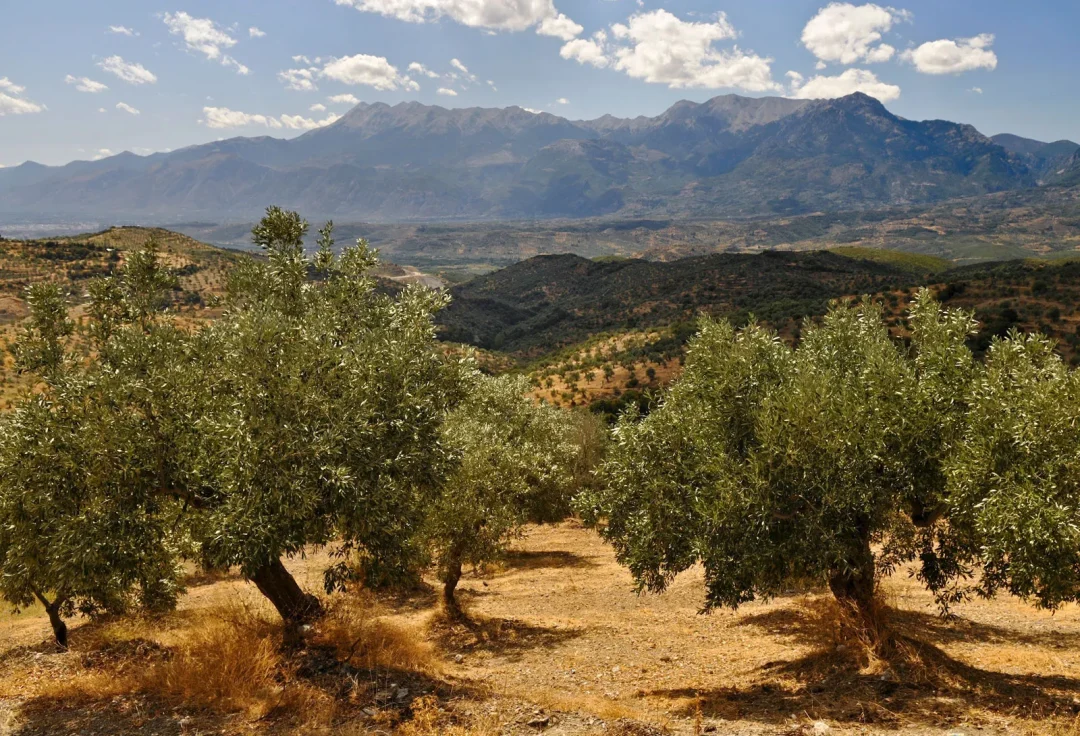Italy, alongside Spain and Greece, stands as a key producer of olive oil within the European Union. Approximately 1.1 million hectares of land in Italy are dedicated to cultivating olives, which serve as the primary source for olive oil production. Over recent years, Italy has experienced fluctuations in its annual olive oil output, with the latest figure reaching 366,000 tons. Olive trees flourish throughout the Italian peninsula, with southern Italy notably leading in production. Apulia emerges as the primary olive oil producer, yielding over 208,000 tons annually, followed by Calabria and Sicily with 53,000 and 34,000 tons, respectively. Apulia boasts the highest number of olive oil mills, totaling 904 sites. Regarding olive oil trade, Italian exports have surged to an estimated 209,100 tons. The United States stands out as the primary importer of Italian olive and pomace oil, surpassing other overseas markets like Japan and Canada. Within the EU, Germany emerges as the leading trade partner, with imports valued at nearly 172 million euros. Extra-virgin olive oil, extracted through mechanical means and low temperatures to preserve its characteristics and flavors, constitutes the most traded type among various olive oil varieties.
Stillitano et al. (2017) employ a case study to investigate the economic performance of extra-virgin olive oil production in intensive orchards located in Calabria region. They compare the intensive approach to traditional olive orchards by using a microeconomic analysis. Results showed that intensive olive groves were more profitable than traditional ones, due to the higher quality of the oil and the efficiency of orchard management. The findings suggest that innovative olive-growing models could be a better management strategy for farmers in an increasingly competitive market. Apart from extracting the valuable olive oil, one could also look at byproducts and waste, such as the pulp from olive pressing that could be used for e.g. the production of biochar to be used as fertilizer (El-Bassi et al., 2021)or in concrete as done by ecoLocked.

